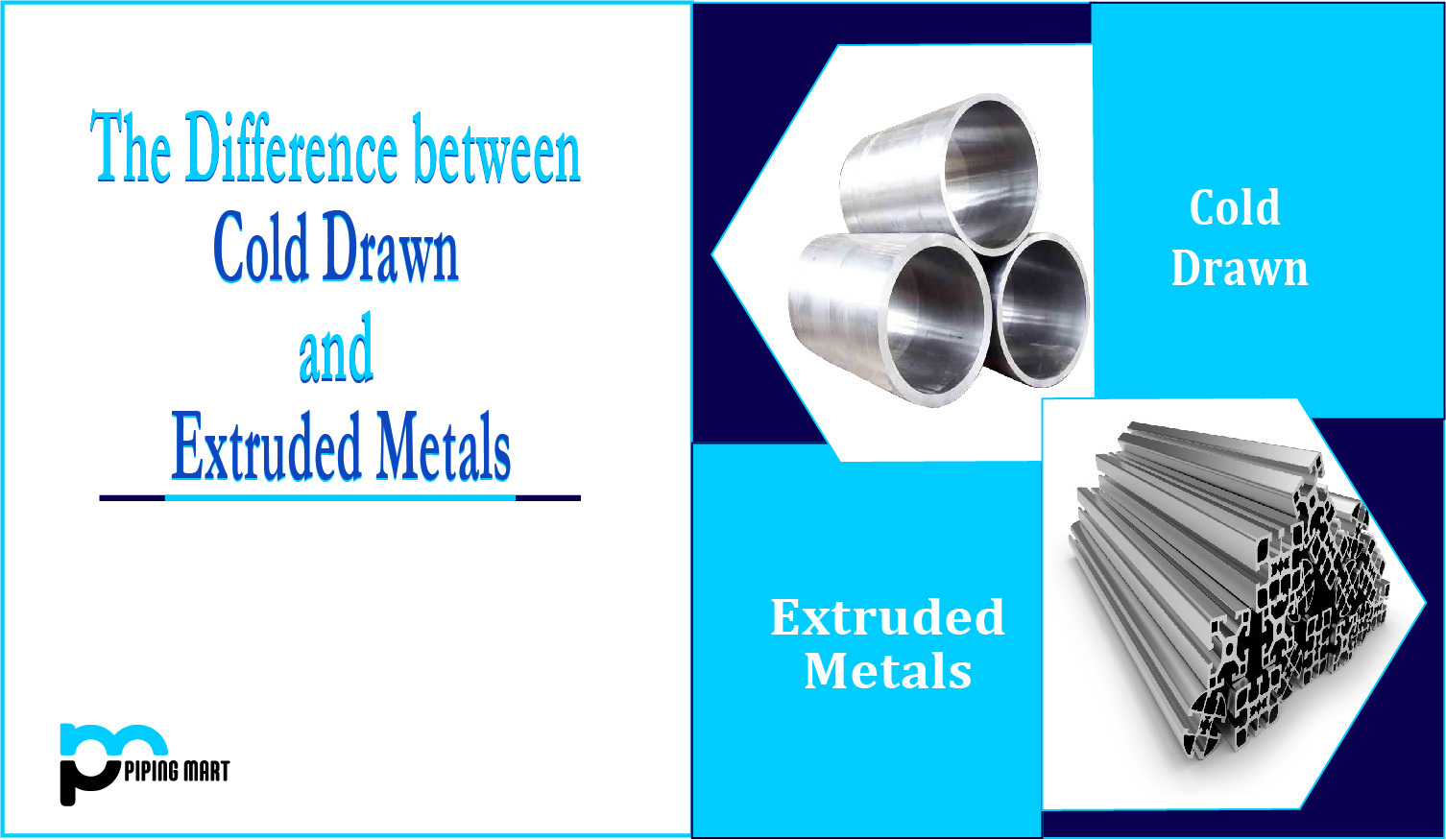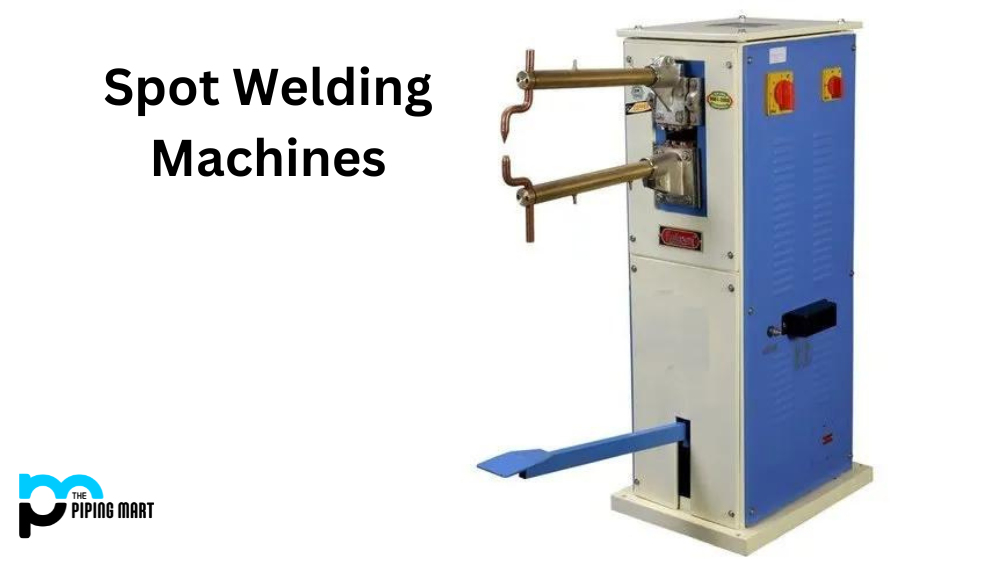Shaping metal can be a tricky process. Metal bars and rods can be formed relatively easily, into shapes such as pipes, beams and various types of channel bars are metal configurations that sometimes require special forming processes to create. Two very popular metal forming processes are extrusion and cold drawing. While both are common metal forming methods, there are differences between the two that need to be understood before buying the metal.
Extrusion-
- Extrusion is a metal forming process used to create complex shapes. It involves pushing metal through one side of a mold and flowing the finished product to the other side.
- Aluminum extrusion is usually performed. Metal extrusion requires several steps.
- The workpiece is pressed into the mold. The dies used in the extrusion process have been precisely machined to ensure that a quality extruded metal part of an acceptable size exits the other side of the die.
- As the metal passes through the die, it can be cut to various lengths, coated, annealed, or any other post-extrusion process applied.
- Extruded products are generally more affordable than comparable cold-drawn products. Typically, less metal is consumed during extrusion, depending on the shape.
- Excessive plastic deformation is less important for extrusion than for cold drawing.
Examples of Extruded Metals:
- Wire
- Rods
- Square Tubing.
- Round Tubing.
- 80/20 Framing.
- Custom Channeled Tubing.
Cold Drawing-
- Cold drawn steel is processed like cold-rolled steel at room temperature. However, cold rolling produces flat products, and cold rolled steel produces thin products such as bars or wires. It does this by stamping hot rolled steel through a die-a machine that rotates and gives the metal its final slender shape.
- Cold drawn steel is suitable for long products, such as shafts and structural parts, as well as aesthetic consumer products.
- Instead of passing through a die, the metal is cold drawn through a series of dies. This is due to the fact that this metal is less ductile and can be melted without additional heating.
- The number of dies through which the workpiece passes depends on the complexity and thickness of the final shape. After cold drawing, the workpiece of the required size and shape is ready for further processing.
Examples of Cold Drawn Metals:
- Square Tubing
- Round Tubing
- Pots
- Pans
- Cans
- Rods
- Wire
- Square Tubing

Pipingmart is B2B portal specializes in industrial, metal and piping products. Also, share latest information and news related to products, materials and different types grades to help business dealing in this industry.




